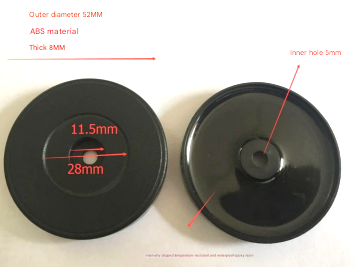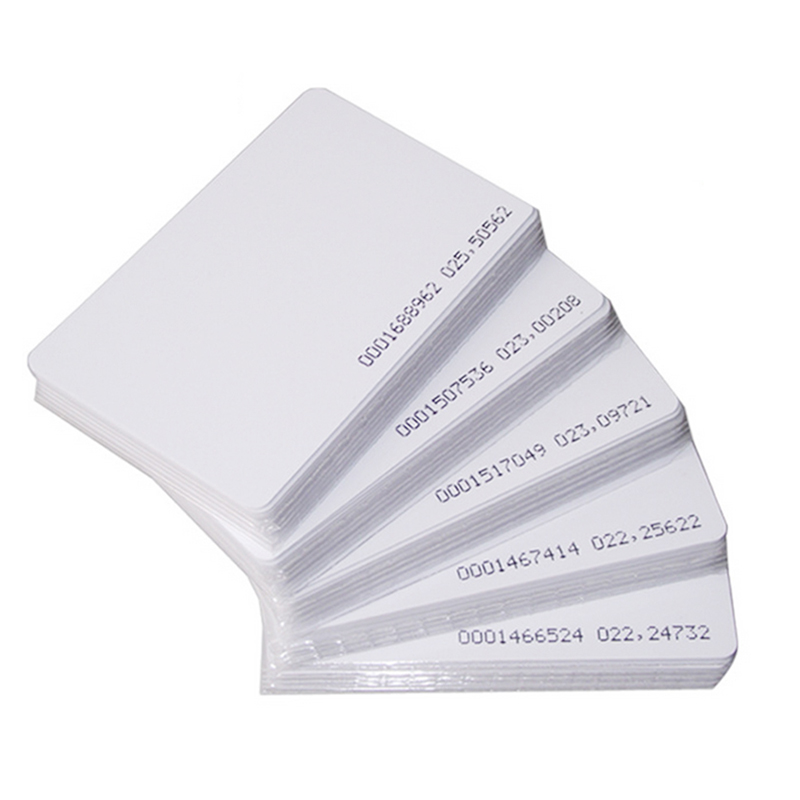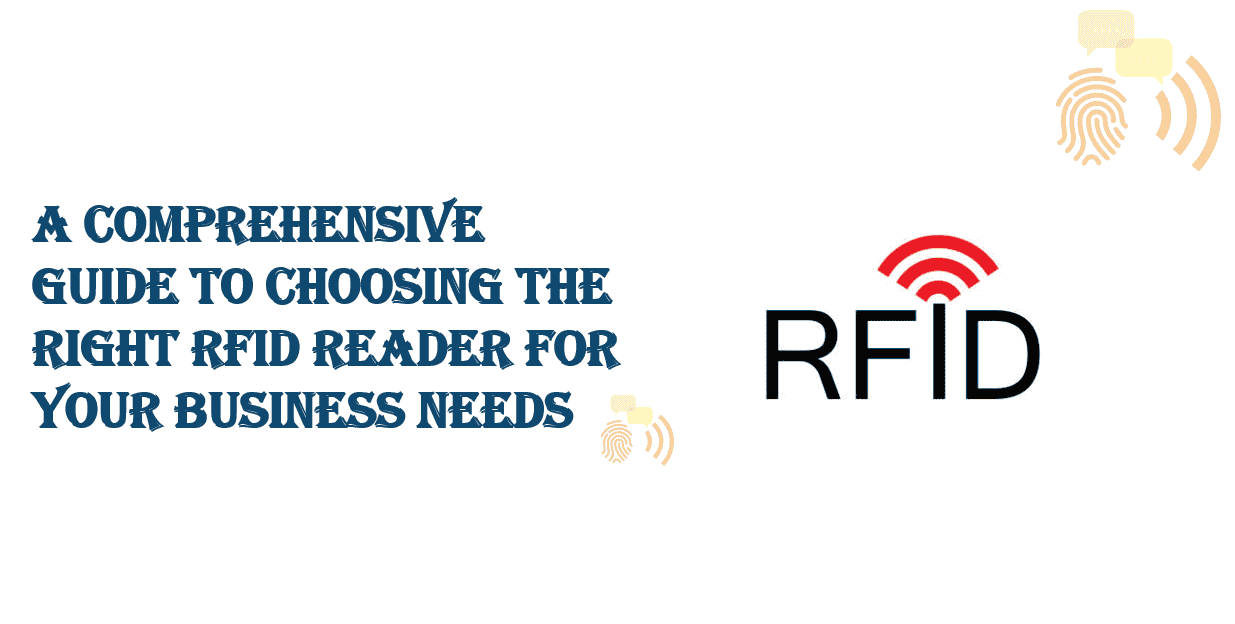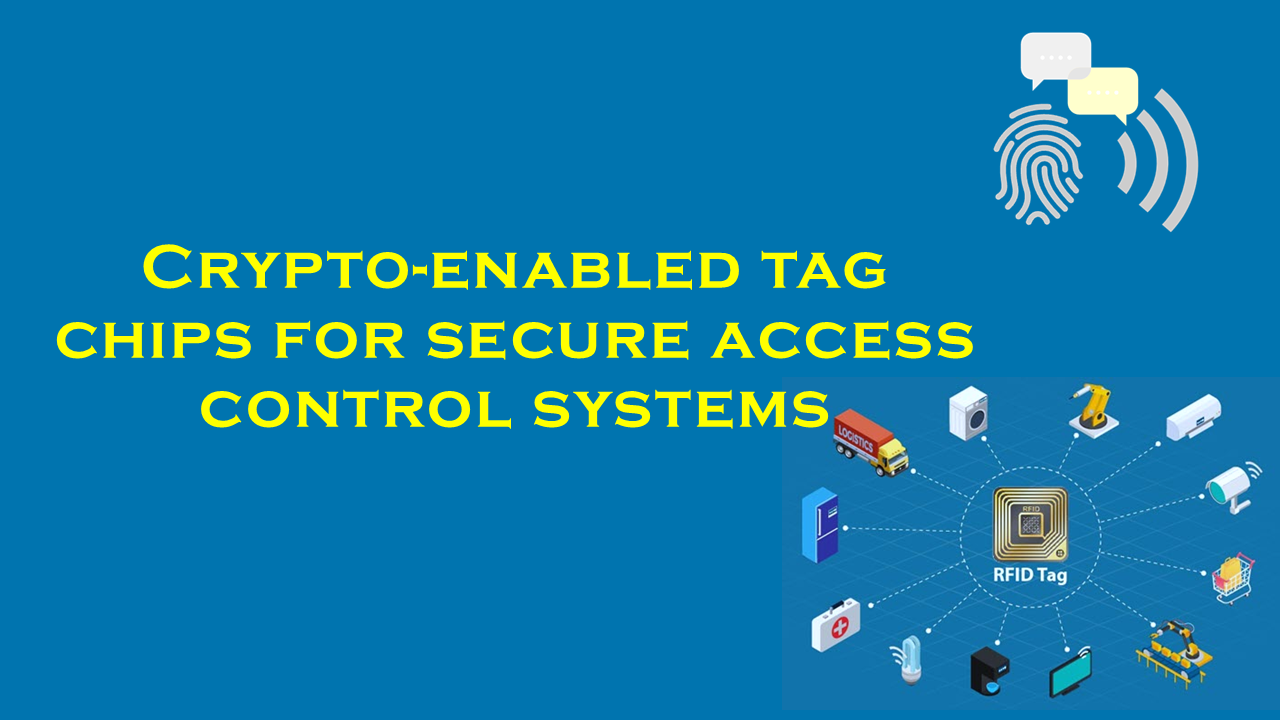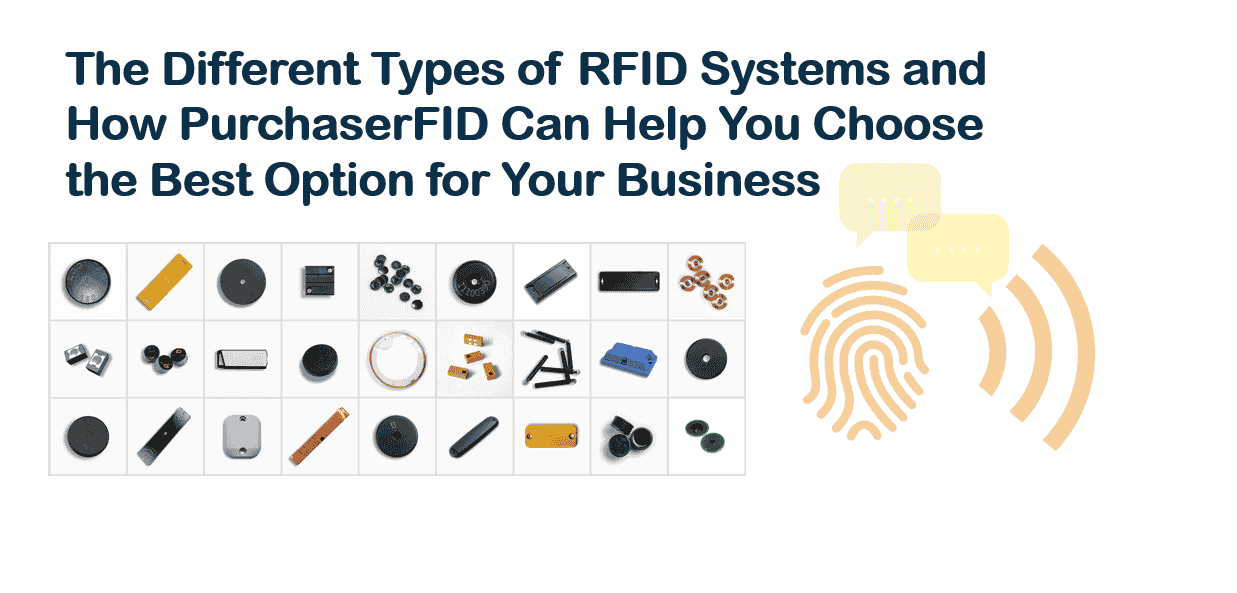RFID vs printed smart labels in reusable packaging

RFID vs. Printed Smart Labels in Reusable Packaging: A Comparative Overview
The shift toward sustainable supply chains has propelled the adoption of reusable packaging systems. Central to this evolution are tracking technologies like Radio-Frequency Identification (RFID) and printed smart labels, which enable efficient management of returnable containers, pallets, and crates. This article explores the strengths, limitations, and applications of RFID and printed smart labels in reusable packaging ecosystems, while highlighting industry trends and the role of suppliers like PurchaserFID.com in advancing RFID solutions.
Understanding RFID and Printed Smart Labels
RFID Technology
RFID uses electromagnetic fields to automatically identify and track tags attached to objects. These tags store data, which is transmitted to readers without requiring direct line-of-sight. RFID systems consist of:
- Tags: Embedded with microchips and antennas; these can be passive (powered by reader signals) or active (battery-powered).
- Readers: Devices that scan tags and integrate data into software systems.
Printed Smart Labels
Printed smart labels typically combine traditional barcodes, QR codes, or near-field communication (NFC) elements with printed electronics. They require visual or proximity-based scanning and are often cost-effective to produce.
Key Differences and Applications in Reusable Packaging
1. Durability and Lifespan
Reusable packaging undergoes rigorous handling, exposure to harsh environments, and repeated cleaning. RFID tags, particularly passive UHF variants, are designed to withstand moisture, temperature fluctuations, and physical stress, making them ideal for long-term use. Printed labels, while sufficient for shorter cycles, may degrade over time due to abrasion or environmental factors.
Use Case: Automotive and pharmaceutical industries favor RFID for tracking high-value reusable assets like plastic crates and metal containers.
2. Data Capacity and Flexibility
RFID tags can store extensive data, including maintenance histories, origin details, and real-time location updates. This supports advanced analytics and predictive maintenance. Printed labels have limited storage, often requiring external databases for additional information.
Use Case: Retailers using reusable totes for grocery delivery benefit from RFID’s ability to track perishable goods’ condition (e.g., temperature) during transit.
3. Scanning Efficiency
RFID enables bulk scanning of hundreds of items simultaneously, reducing labor costs and errors in warehouses. Printed labels require line-of-sight scanning, which slows down processes in high-volume environments.
Use Case: Logistics providers handling palletized goods prioritize RFID to expedite loading/unloading.
4. Cost Considerations
Printed smart labels are cheaper upfront (cents per unit) compared to RFID tags (dollars per unit). However, RFID’s long-term ROI is superior in systems requiring frequent reuse and data-rich tracking.
Use Case: Small businesses with limited reusable packaging cycles may opt for printed labels to minimize initial costs.
Industry Trends and Adoption
While specific statistics require verification, industry analyses broadly indicate that RFID adoption in packaging is growing due to demands for supply chain transparency and sustainability. A leading market research firm estimates that RFID adoption in logistics could reduce operational costs by up to 30% in reusable systems. Meanwhile, printed labels remain prevalent in sectors prioritizing affordability over advanced tracking.
PurchaserFID.com: Advancing RFID Solutions
As a leading supplier of RFID technology, PurchaserFID.com offers specialized tags and readers tailored for reusable packaging. Their products emphasize durability, data security, and compliance with global standards, making them a preferred partner for industries transitioning to circular supply chains. The company’s expertise in custom RFID solutions addresses challenges such as metal interference and bulk scanning, ensuring seamless integration into existing workflows.
Conclusion
RFID and printed smart labels each play distinct roles in reusable packaging. While RFID excels in durability, automation, and data capabilities, printed labels provide a cost-effective entry point for simpler applications. Businesses must evaluate their operational scale, budget, and tracking needs to select the optimal technology. Suppliers like PurchaserFID.com continue to drive innovation in RFID, enabling organizations to achieve sustainability and efficiency goals.
Note: For verified statistics and product specifications, consult trusted industry reports or contact suppliers directly.
948185_.jpg)
